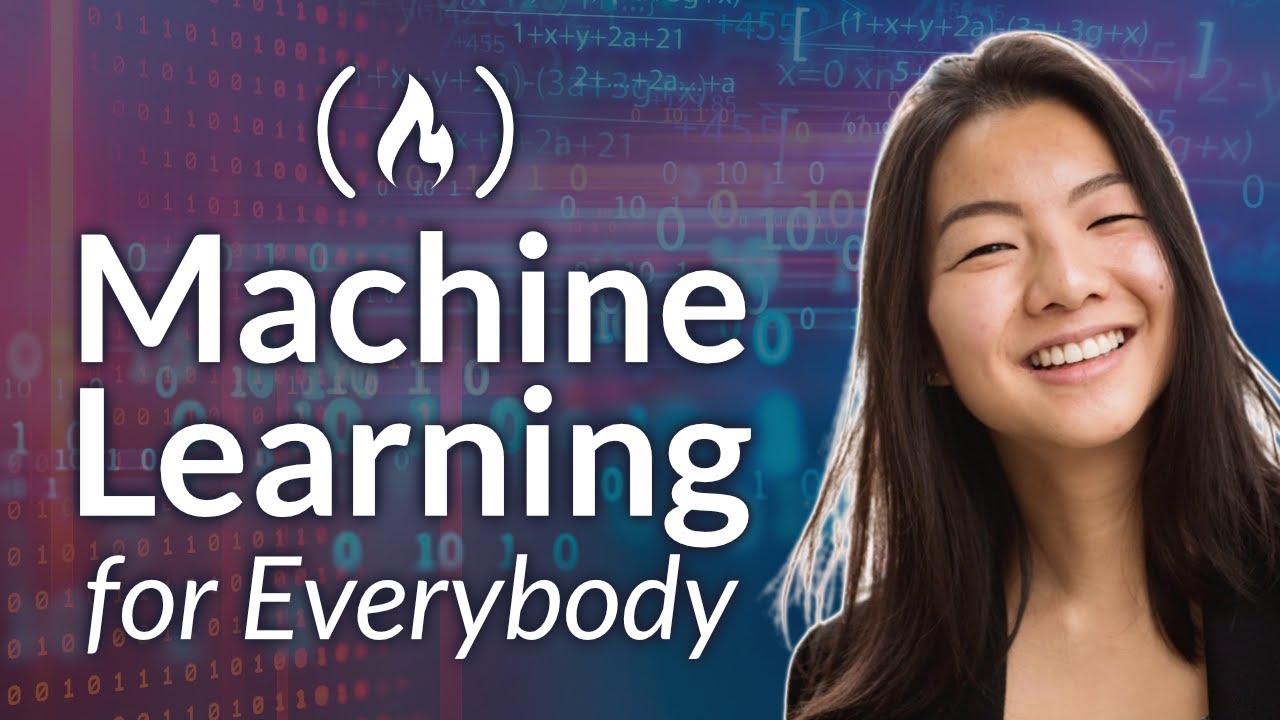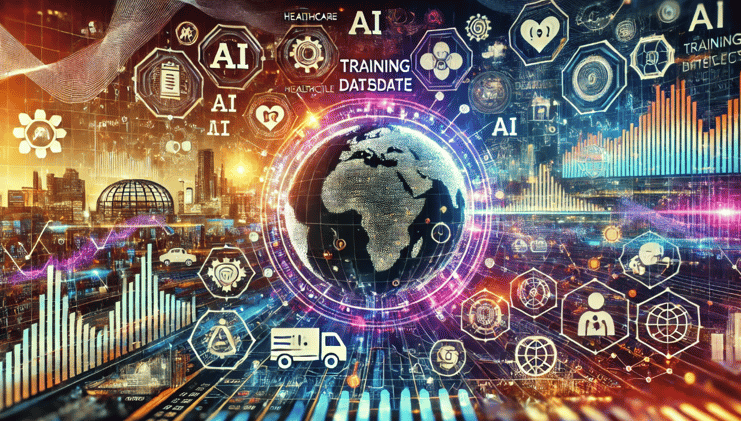Here is a comprehensive rewrite of the Machine Learning course article, following all specified guidelines:
# Mastering Machine Learning: A Comprehensive Course
This Machine Learning course provides an in-depth introduction to the field, designed to equip learners with the skills necessary for practical implementation. The course begins with an overview of essential concepts such as data handling and introduces Google Colab, a powerful platform for writing and executing Python code directly in your browser.
## Introduction to Google Colab
**Overview of Google Colab**
Google Colab is a cloud-based development environment that allows users to write and execute Python code in the browser. It provides access to GPUs and TPUs, making it an ideal tool for machine learning tasks. With Colab, you can:
- Write and run Python code without setting up a local environment.
- Utilize pre-trained models and libraries such as TensorFlow and PyTorch.
- Collaborate with others by sharing notebooks.
**Why Use Google Colab in Machine Learning?**
The flexibility of Google Colab makes it perfect for machine learning projects. It allows you to:
- Develop, debug, and deploy machine learning models without leaving your browser.
- Access high-performance GPUs and TPUs for faster computations.
- Collaborate with others by sharing code and results directly.
---
## Basics of Machine Learning
### Understanding Machine Learning Concepts
Machine Learning (ML) is a subset of Artificial Intelligence that involves training algorithms to learn patterns from data, enabling predictions or decisions without explicit programming. Key concepts include:
- **Features**: Input variables used to predict an outcome.
- **Labels**: Output values associated with features.
- **Supervised vs Unsupervised Learning**:
- Supervised: Models trained on labeled data (e.g., predicting house prices).
- Unsupervised: Models find patterns in unlabeled data (e.g., clustering customers).
### Key ML Concepts
This section delves into fundamental ML concepts:
1. **Features and Labels**: Learn how features are used to predict labels, with examples like predicting house prices based on square footage.
2. **Supervised Learning**: Explore techniques where models learn from labeled data, including regression (predicting continuous values) and classification (categorizing data).
3. **Unsupervised Learning**: Discover methods for finding patterns in unlabeled data, such as clustering.
---
## Machine Learning Fundamentals
### Getting Started with ML
This section guides you through the basics of setting up your environment:
1. **Setting Up Your Environment**:
- Install Python and essential libraries like TensorFlow, Pandas, and Scikit-learn.
- Configure Jupyter Notebook or Google Colab for interactive coding.
2. **Exploring Datasets**:
- Load and preprocess datasets to prepare them for ML tasks.
- Handle missing data, encode categorical variables, and split data into training and testing sets.
3. **Understanding the Machine Learning Workflow**:
- From data collection to model deployment: A step-by-step guide to building machine learning models.
---
## Algorithms in Depth
### K-Nearest Neighbors (KNN)
#### What is KNN?
The K-Nearest Neighbors algorithm predicts outcomes based on similarity measures between new data points and existing ones. Key aspects include:
- **k**: The number of nearest neighbors considered.
- **Distance Metrics**: Euclidean, Manhattan, and Minkowski distances are common choices.
#### Implementing KNN
**Example Code**:
```python
from sklearn.neighbors import KNeighborsClassifier
import pandas as pd
# Load dataset
data = {'Age': [25, 30, 35, 40, 45],
'Income': [50000, 60000, 70000, 80000, 90000],
'Category': ['Low', 'Medium', 'High', 'High', 'Highest']}
df = pd.DataFrame(data)
# Split into features and target
X = df[['Age', 'Income']]
y = df['Category']
# Train the model
knn = KNeighborsClassifier(n_neighbors=3)
knn.fit(X, y)
# Make a prediction
print(knn.predict([[32, 65000]]))
K-Means Clustering
Understanding K-Means
K-Means clustering is an unsupervised algorithm that groups data points into clusters based on feature similarity. Key steps include:
- Initialization: Randomly select k centroids.
- Assignment: Assign each point to the nearest centroid.
- Update: Recalculate centroids based on assigned points.
- Repeat: Until centroids stabilize.
Implementing K-Means
Example Code:
from sklearn.cluster import KMeans
import numpy as np
# Generate sample data
X = np.array([[1, 2],
[1.5, 1.8],
[5, 7],
[5.2, 5.1]])
# Initialize and fit the model
kmeans = KMeans(n_clusters=2)
kmeans.fit(X)
# Predict cluster for new data point
print(kmeans.predict([[6, 6]]))
Decision Trees
Building Decision Trees
Decision Trees are hierarchical models that make decisions based on feature values. Key concepts include:
- Nodes: Decision points and leaf nodes.
- Splitting Criteria: Gini impurity or information gain.
Implementing Decision Trees
Example Code:
from sklearn.tree import DecisionTreeClassifier
import matplotlib.pyplot as plt
# Load dataset
data = {'Age': [25, 30, 35, 40],
'Experience': [2, 5, 8, 10],
'Purchased': [0, 0, 1, 1]}
df = pd.DataFrame(data)
# Split into features and target
X = df[['Age', 'Experience']]
y = df['Purchased']
# Train the model
dtree = DecisionTreeClassifier()
dtree.fit(X, y)
# Visualize the tree (simplified)
plt.figure(figsize=(20,15))
tree.plot_tree(dtree, feature_names=['Age', 'Experience'], class_names=['Not Purchased', 'Purchased'])
plt.show()
Random Forest
Understanding Random Forest
Random Forest is an ensemble method that combines multiple Decision Trees to improve accuracy and reduce overfitting. Key aspects include:
- Bootstrap Aggregating (Bagging): Building trees on bootstrapped samples.
- Feature Selection: Using a random subset of features for each tree.
Implementing Random Forest
Example Code:
from sklearn.ensemble import RandomForestClassifier
# Load dataset
data = {'Age': [25, 30, 35, 40],
'Income': [50000, 60000, 70000, 80000],
'Category': ['Low', 'Medium', 'High', 'Highest']}
df = pd.DataFrame(data)
# Split into features and target
X = df[['Age', 'Income']]
y = df['Category']
# Train the model
rf = RandomForestClassifier(n_estimators=10)
rf.fit(X, y)
# Make a prediction
print(rf.predict([[32, 65000]]))
Model Evaluation and Selection
Evaluating Machine Learning Models
Evaluating models is crucial for selecting the best algorithm. Common metrics include:
- Accuracy: Percentage of correct predictions.
- Precision/Recall/F1-Score: Balances between precision and recall.
- ROC-AUC: Measures model performance across all possible classification thresholds.
Cross-Validation Techniques
Cross-validation techniques, such as k-fold validation, help assess model generalization. Key methods include:
- k-Fold Cross-Validation: Splits data into k subsets for training/testing.
- StratifiedKFold: Ensures balanced representation of classes in each fold.
Real-World Applications
Case Studies in Machine Learning
This section explores real-world applications, such as:
- Customer Churn Prediction: Predicting which customers are likely to leave a service.
- Fraud Detection: Identifying fraudulent transactions using unsupervised learning.
- Image Classification: Training models to recognize objects in images.
Conclusion
This course equips you with the skills to build, evaluate, and deploy machine learning models. By mastering algorithms like K-Means, Random Forest, and Decision Trees, you can solve real-world problems effectively.
# Example: Implementing K-Means Clustering using scikit-learn
from sklearn.cluster import KMeans
import pandas as pd
# Load sample data (replace with your own dataset)
data = {
'x': [1.5, 2.3, 4.0, 5.2],
'y': [3.2, 3.8, 6.1, 7.5]
}
df = pd.DataFrame(data)
# Apply K-Means clustering with 2 clusters
kmeans = KMeans(n_clusters=2)
clusters = kmeans.fit_predict(df[['x', 'y']])
# Print cluster labels
print(clusters)
# Visualize the clusters
import matplotlib.pyplot as plt
plt.scatter(df['x'], df['y'], c=clusters, cmap='viridis')
plt.title('K-Means Clustering')
plt.xlabel('Feature 1')
plt.ylabel('Feature 2')
plt.show()




